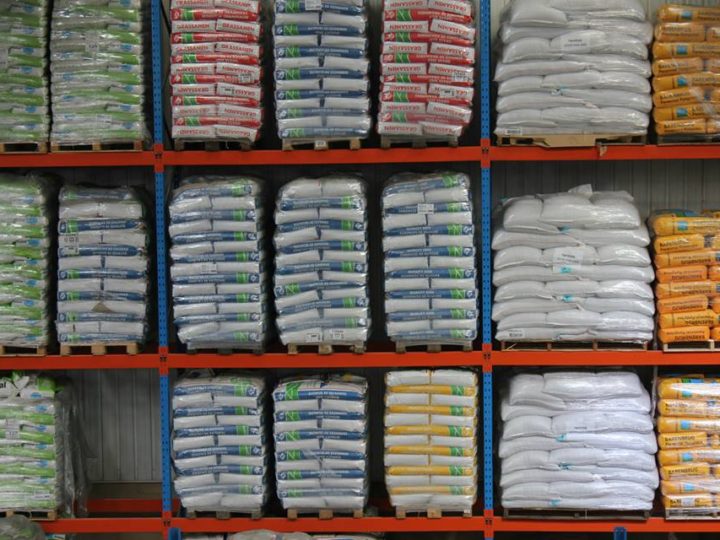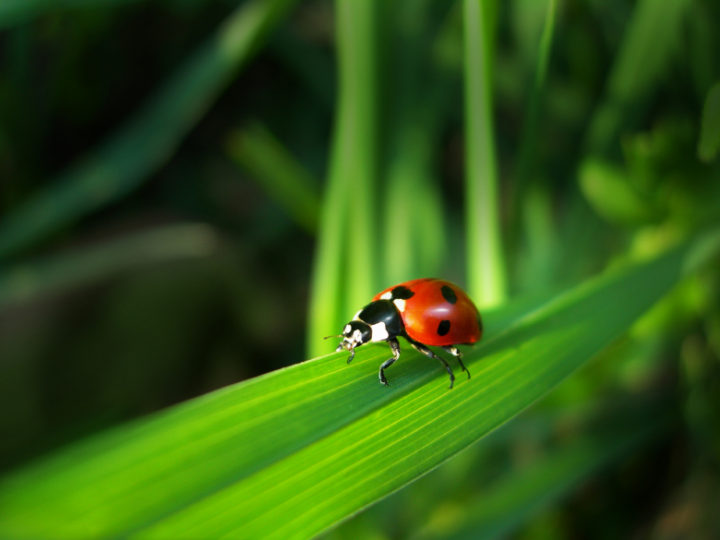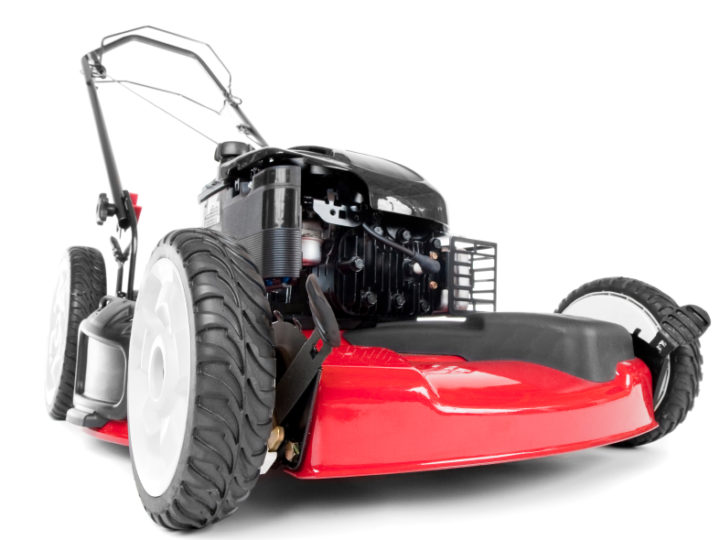
The process of overseeding a lawn can turn out to be very beneficial both for the appearance and the health of the garden. However the average homeowner is either not aware of its importance or cannot make out the difference between seeding and overseeding. Before discussing how overseeding can be done effectively, lets understand what overseeding is and how it can be beneficial.
Overseeding is a simple process of adding seeds to the lawn to improve its quality and appearance. While seeding, the gardener adds grass seeds to the prepared soil in order to grow grass from scratch; on the other hand, overseeding is when the gardener scatters grass seeds onto a pre-existing lawn. Overseeding is generally opted to improve the look of a garden that has developed patches of empty or browned spaces and to thicken the grass to increase its overall density which resultantly has a positive effect on its appearance.
As time passes, the condition and the quality of the grass deteriorate. Symptoms like dry or barren patchy areas, abundance of weeds and generally wilted grass blades start to make their appearance. To counter this condition, fertilizers are added so that proper nutrition can accelerate growth and quality. With that, excessive watering of the grass is also needed and the weeds have to be pulled out.
All this hassle to improve the overall health and look of the garden can be avoided by simple overseeding the lawn. The new seeds that are added to the existing grass blend in with the older one and to improve density and grass quality. This thickened grass eventually leaves no room even for the weeds making the grass healthier. Overseeding is ideal for gardens that have bald patches due to lack of sunlight, weed problem or poor quality of soil.
Top tips for overseeding:
1. Your selection of seeds for overseeding (see: choosing the best grass seed) holds a lot of importance as it needs to blend in with the existing grass completely. You can choose to go with the same grass type as is already laid but for a plusher effect and if you don’t like the appearance or behavior of the existing grass then blend in grass seeds of other grasses.
2. Secondly, you must remember to trim down the existing grass before you begin to overseed. The new seeds already have to face the challenge of competing with the well established grass plants and any existing weeds. So, bring the lawn down to a length of an inch or so and remove the cut clippings, to ensure that the new seeds come in contact with the soil otherwise they will not germinate.
3. Before overseeding, aerating the soil is very important, so that the seeds have the place to get nestled inside the soil cozily. Once the soil is aerated, spread a very thin layer of compost to give a nutrient base for the germinating seeds. Don’t put too much compost, otherwise the existing blades will get buried and will die.
4. Spread the seeds evenly over the main lawn, taking care to add more in areas that are bald. If your lawn has larger areas that are bare, then it is best to choose a similar species mixture. Once the seeds have been scattered, water the area generously 3 – 4 times a day for the coming week so that the seeds remain nice and moist and can germinate easily.
5. Once they have germinated provide them with a good fertilizer, and mow down the complete lawn once the length has exceeded 2 ½ inches.
Follow these effective steps of overseeding so that an attractive and lush green lawn is produced in a few weeks’ time.
4 Comments
Superb advise on lawn care
Our lawn has been devastated by the builder and in places mounds have been leveled and some areas realigned. We have spread a large quantity of topsoil over what remains and plan to reseed. Where the covered grass exists, will it force its way through?
Author
Hi Mike, largely depends on how thick the new layer of topsoil is. If it’s just a few centimetres, than most likely yes. If much more than that, probably not. If you want to totally start afresh, best to kill of what is already there first.
Good “advice”, too! 🙂




